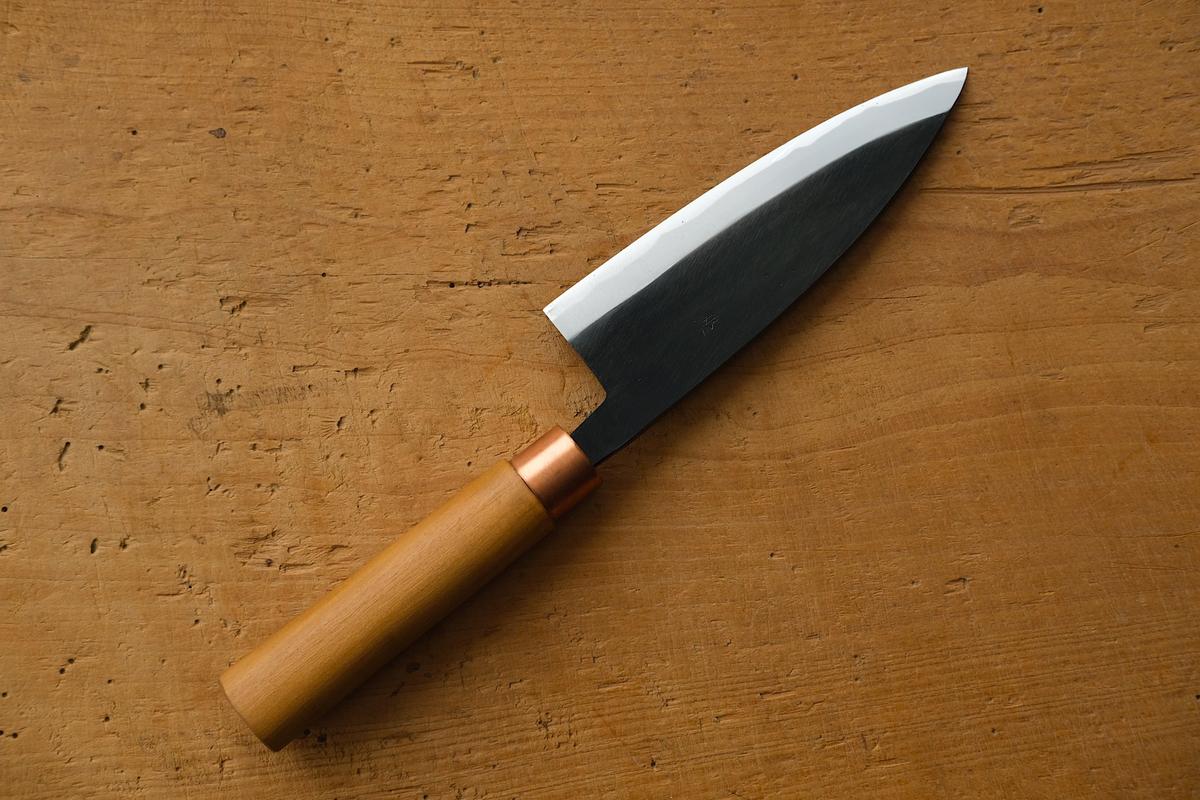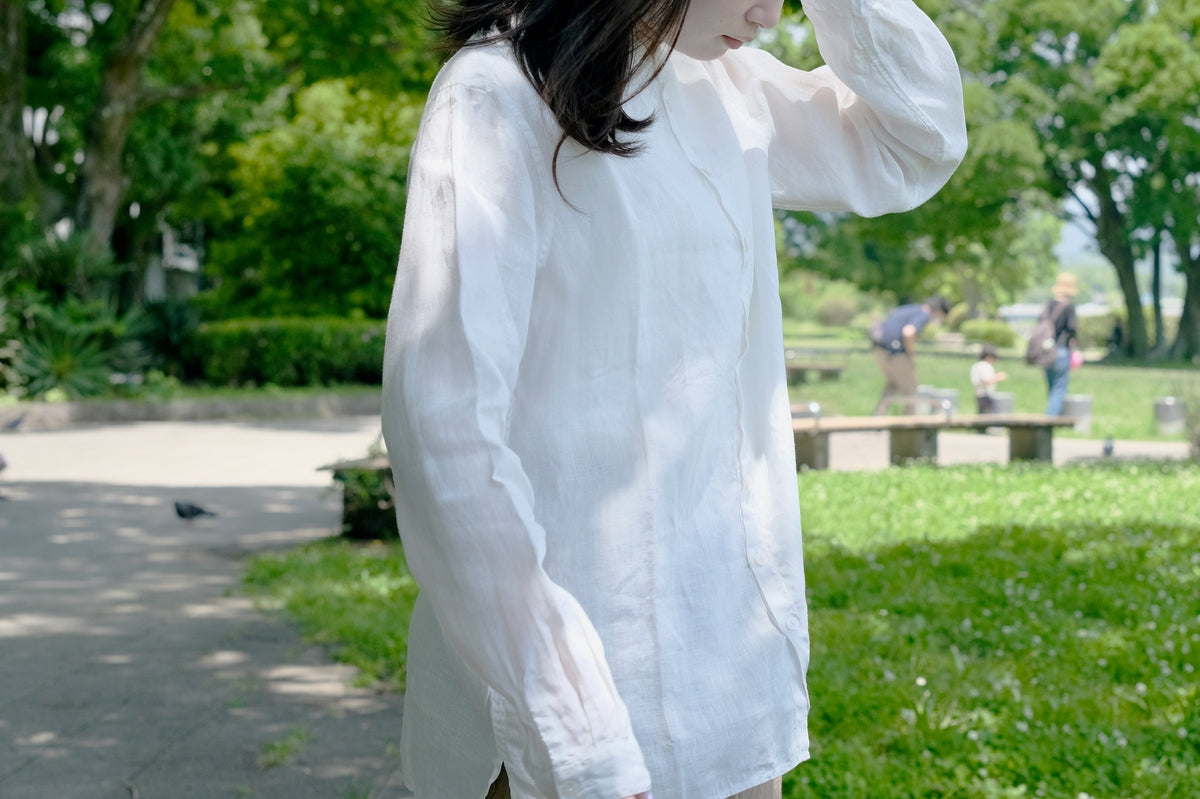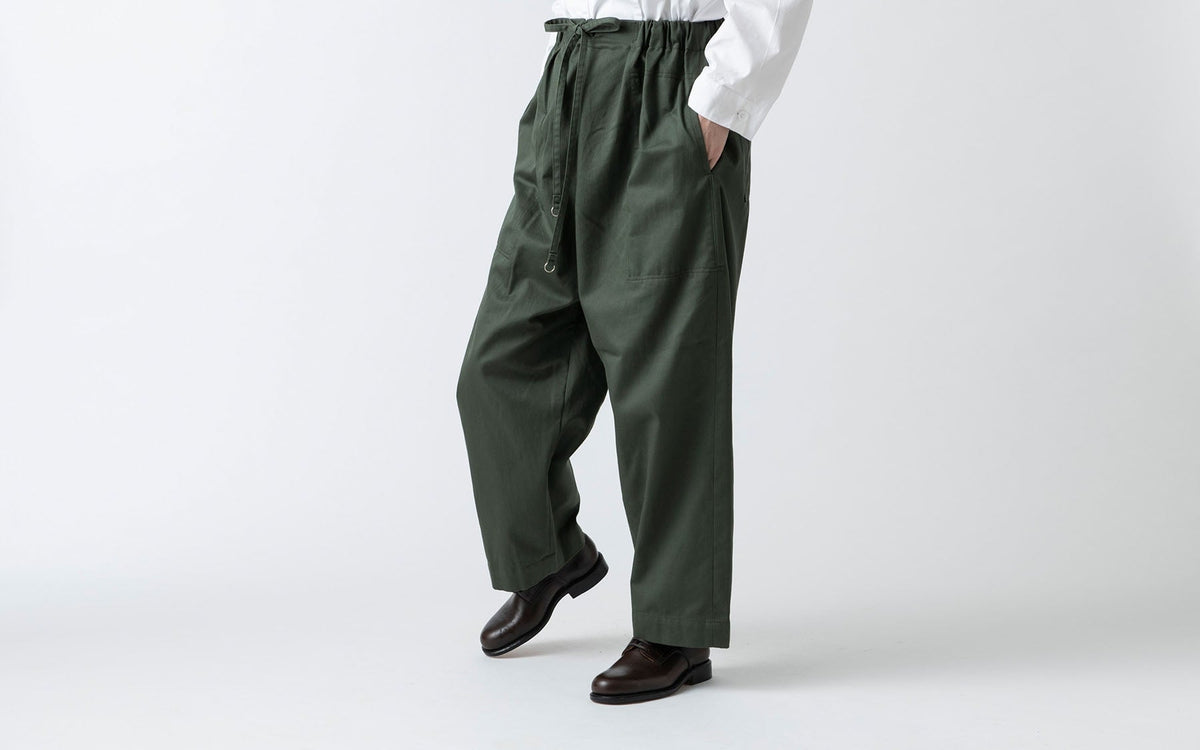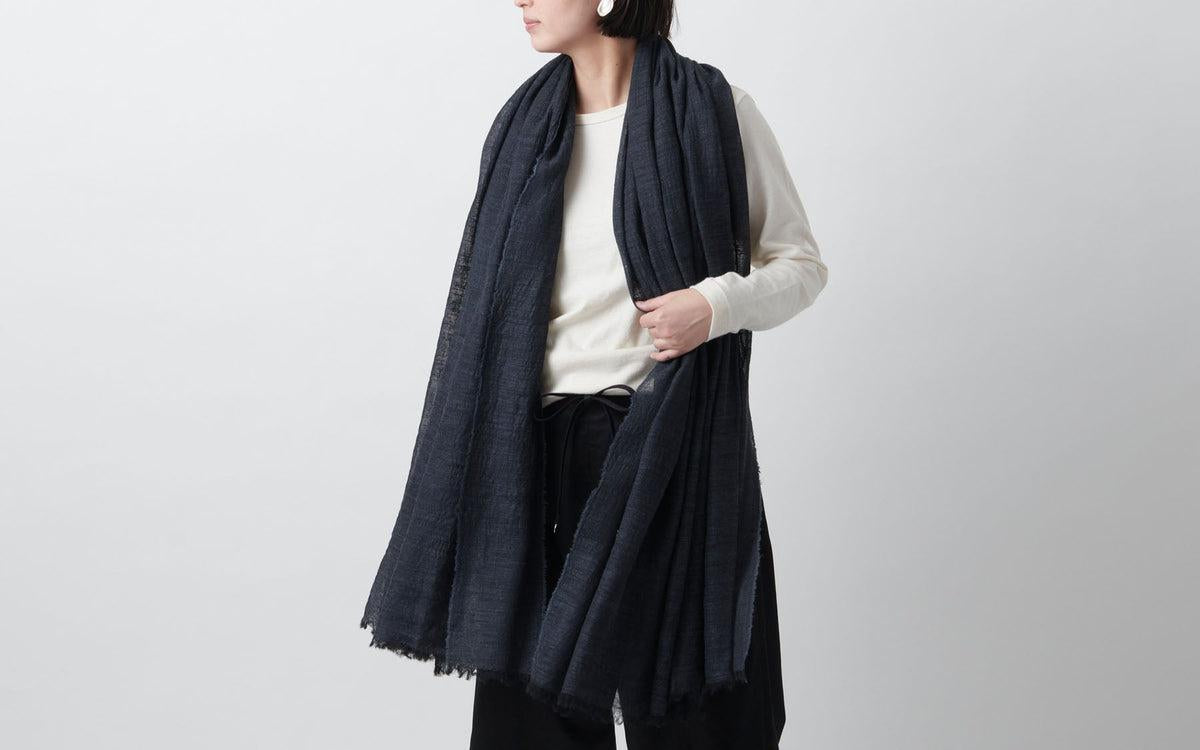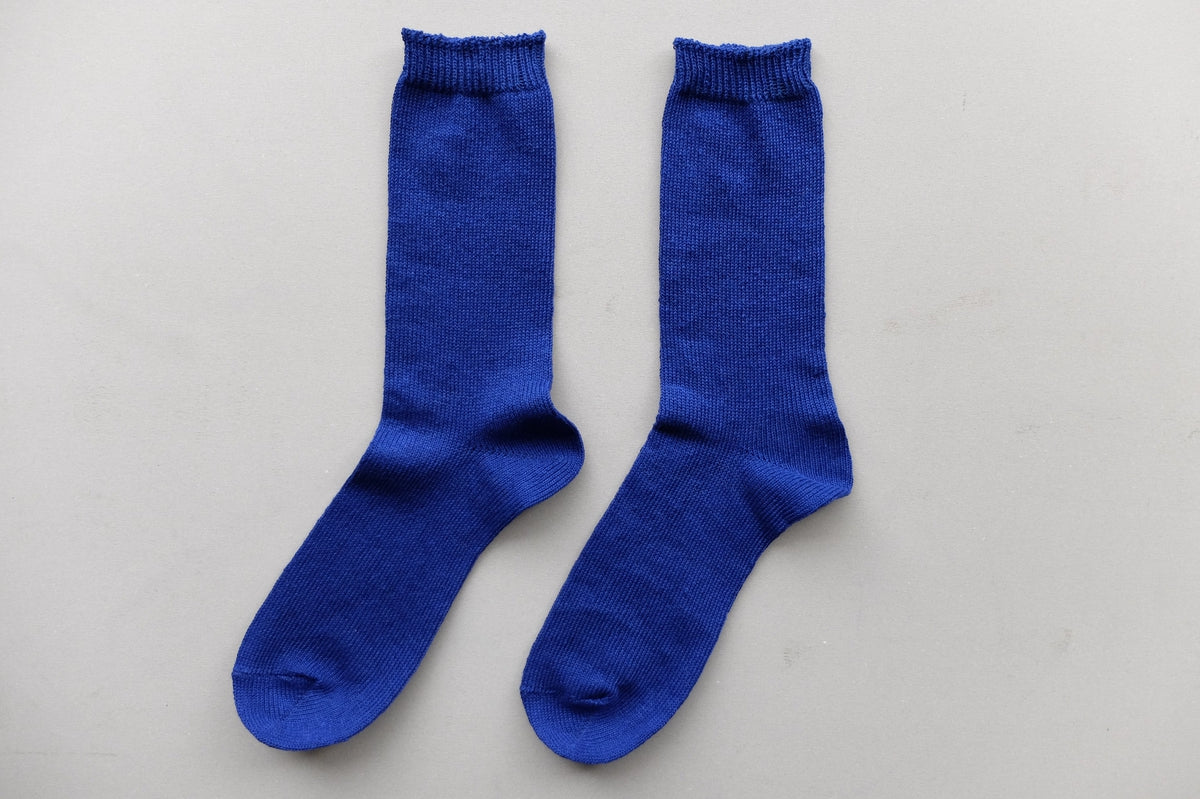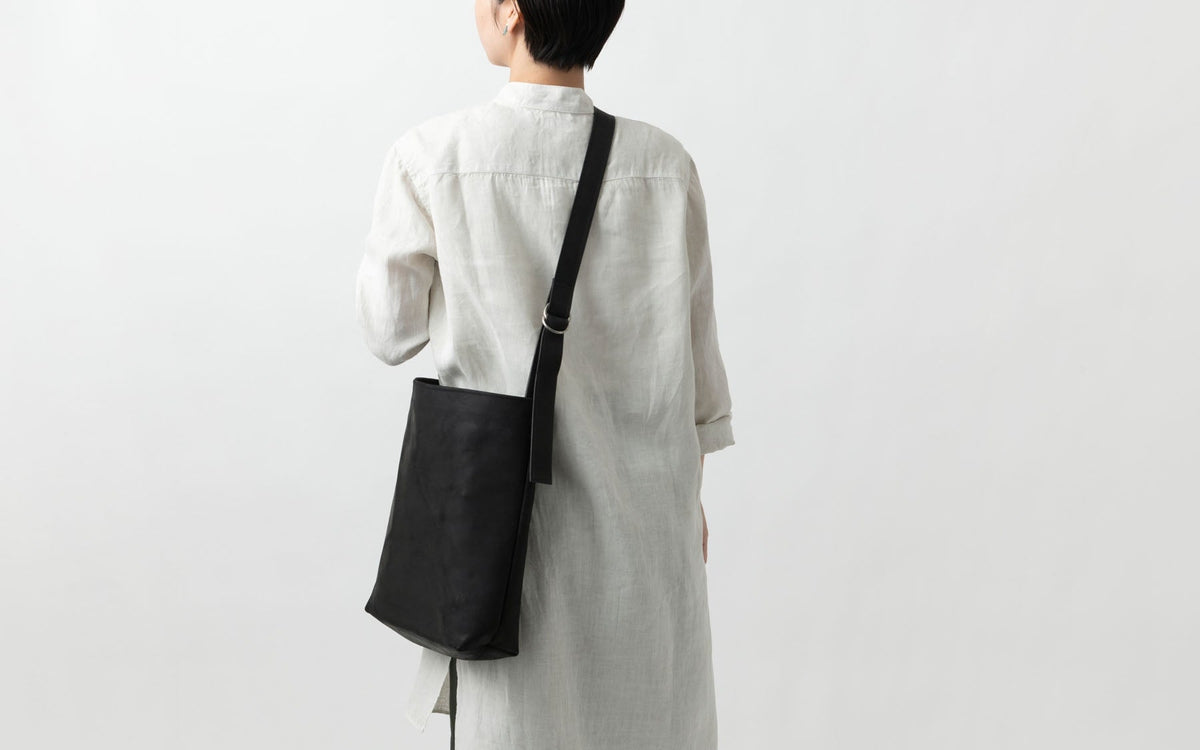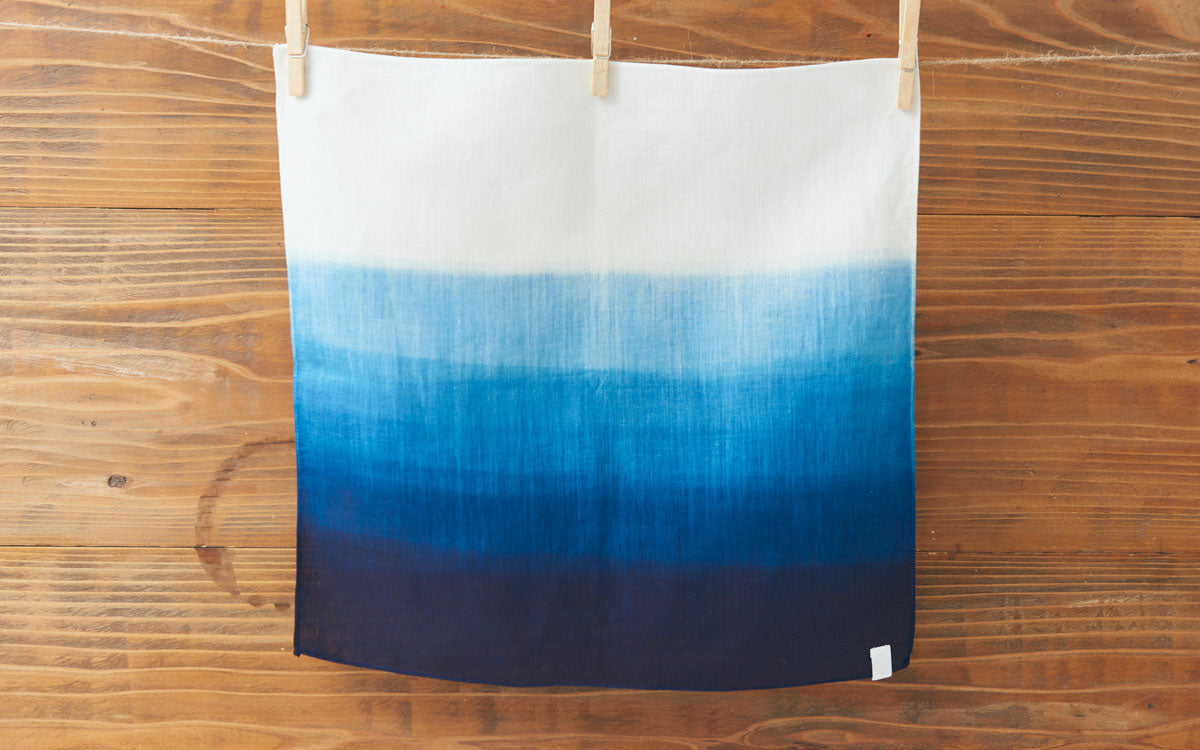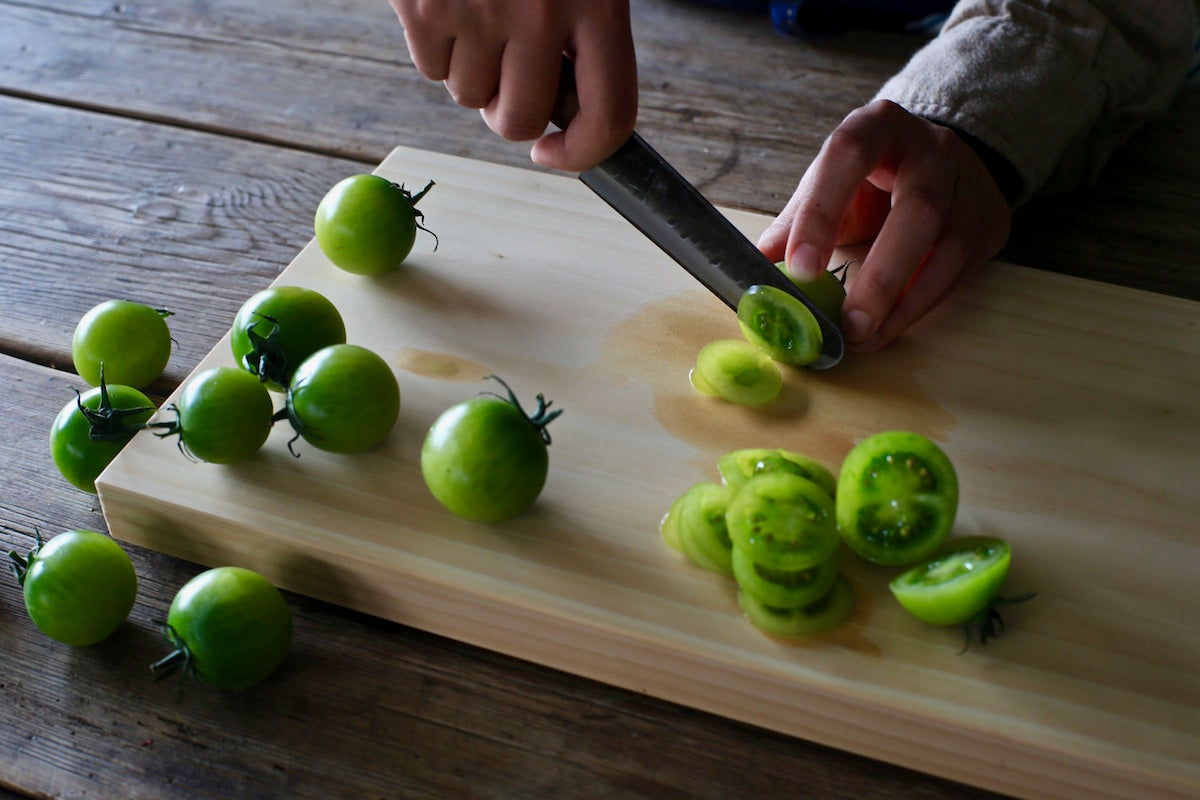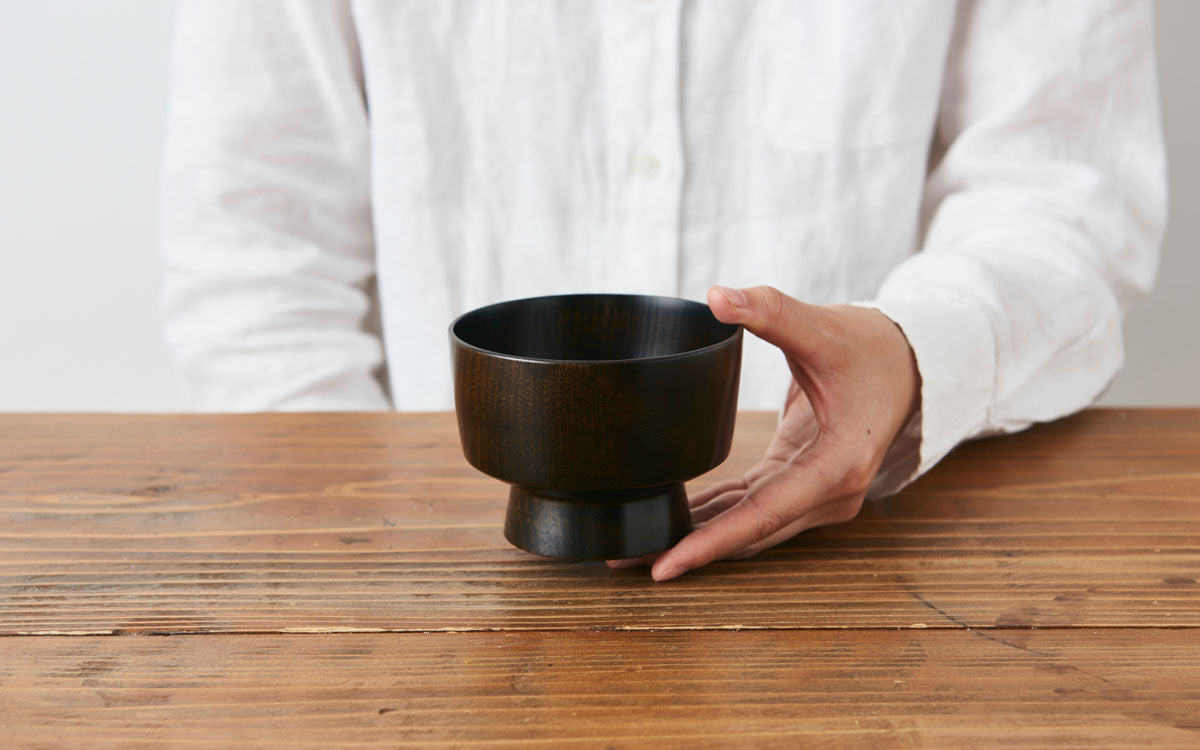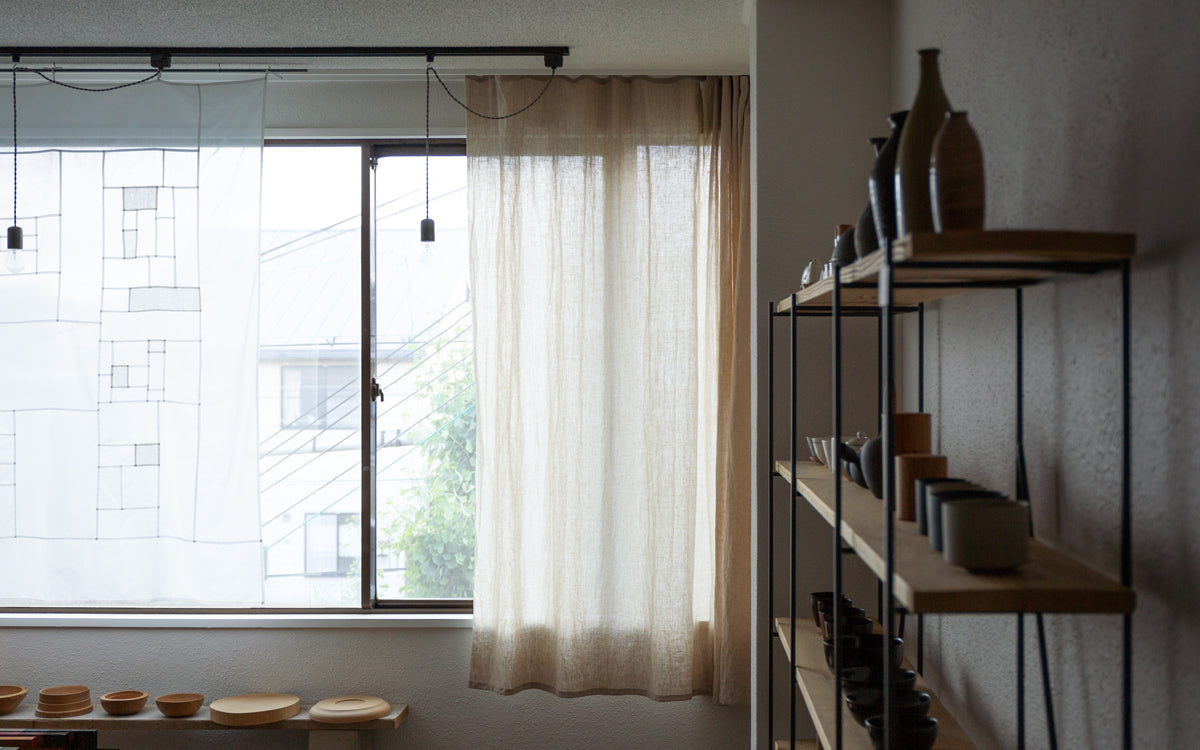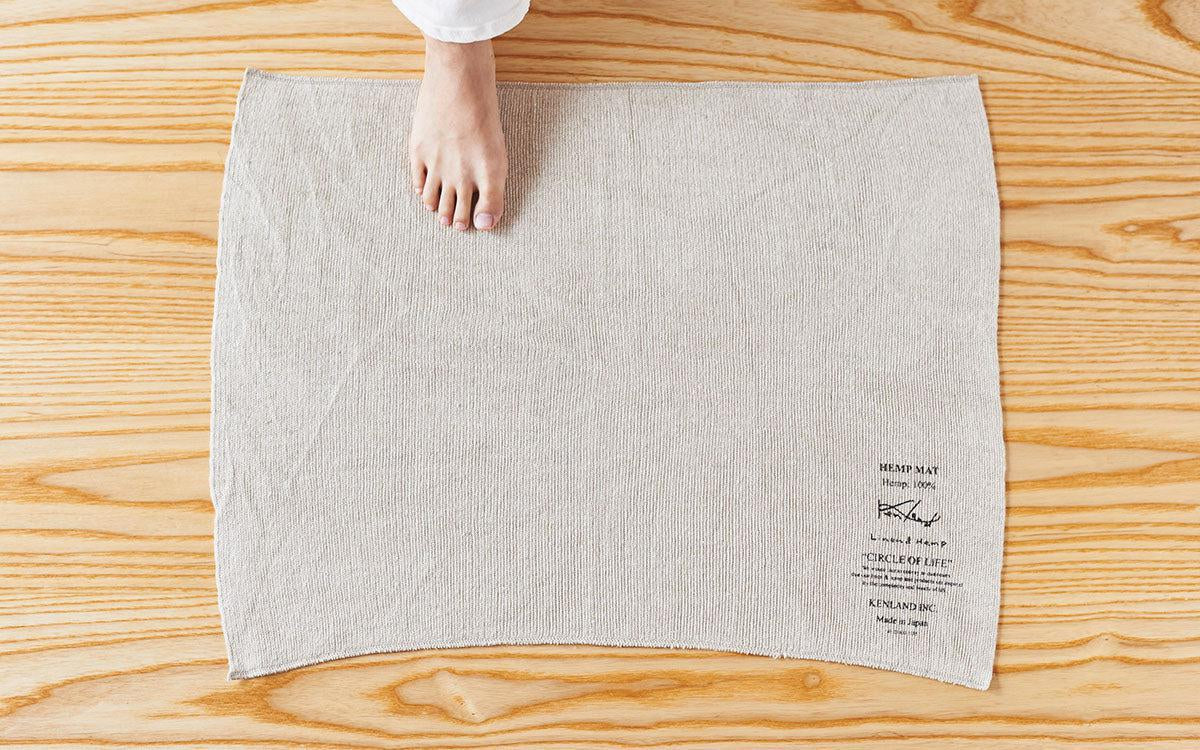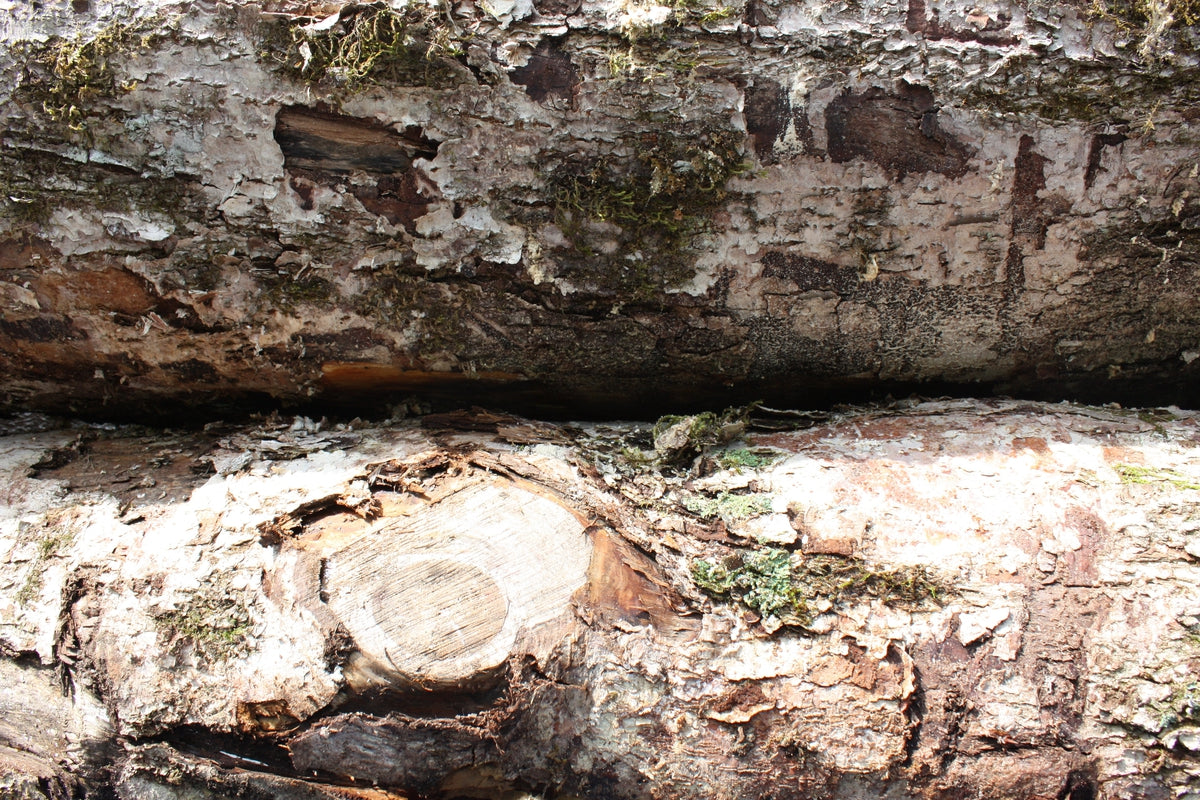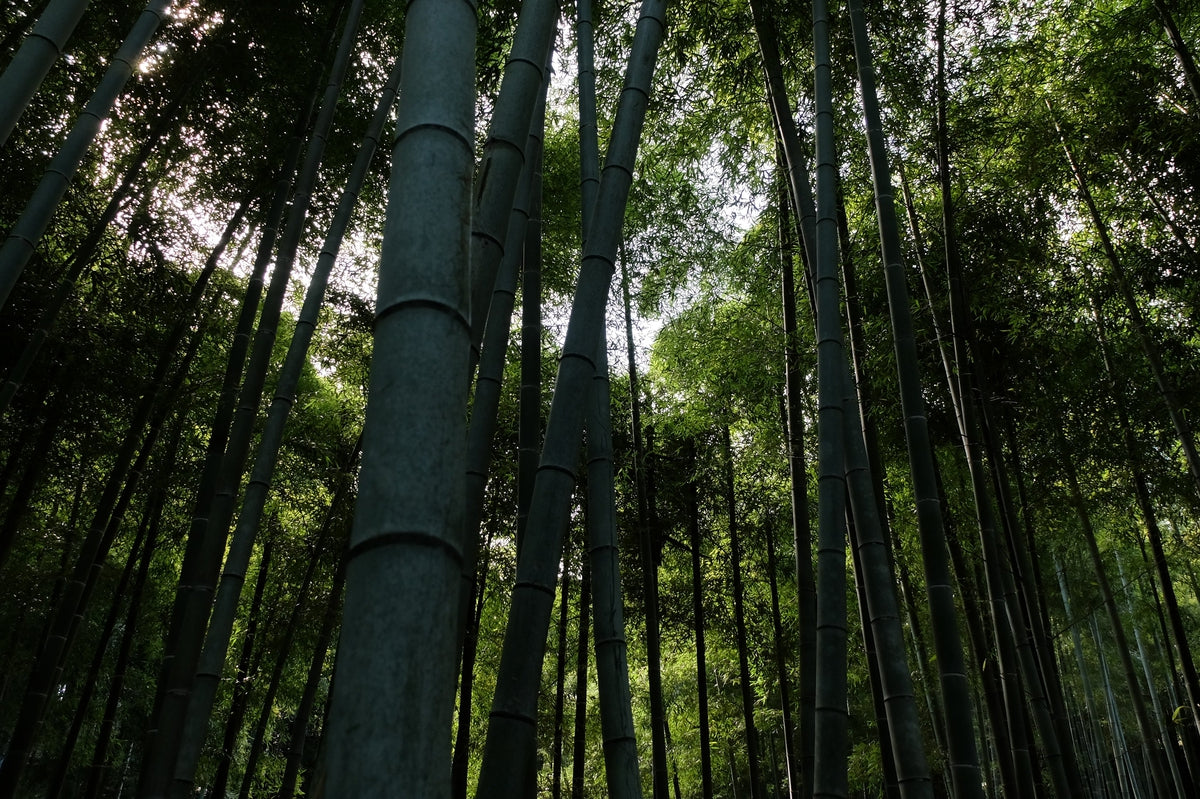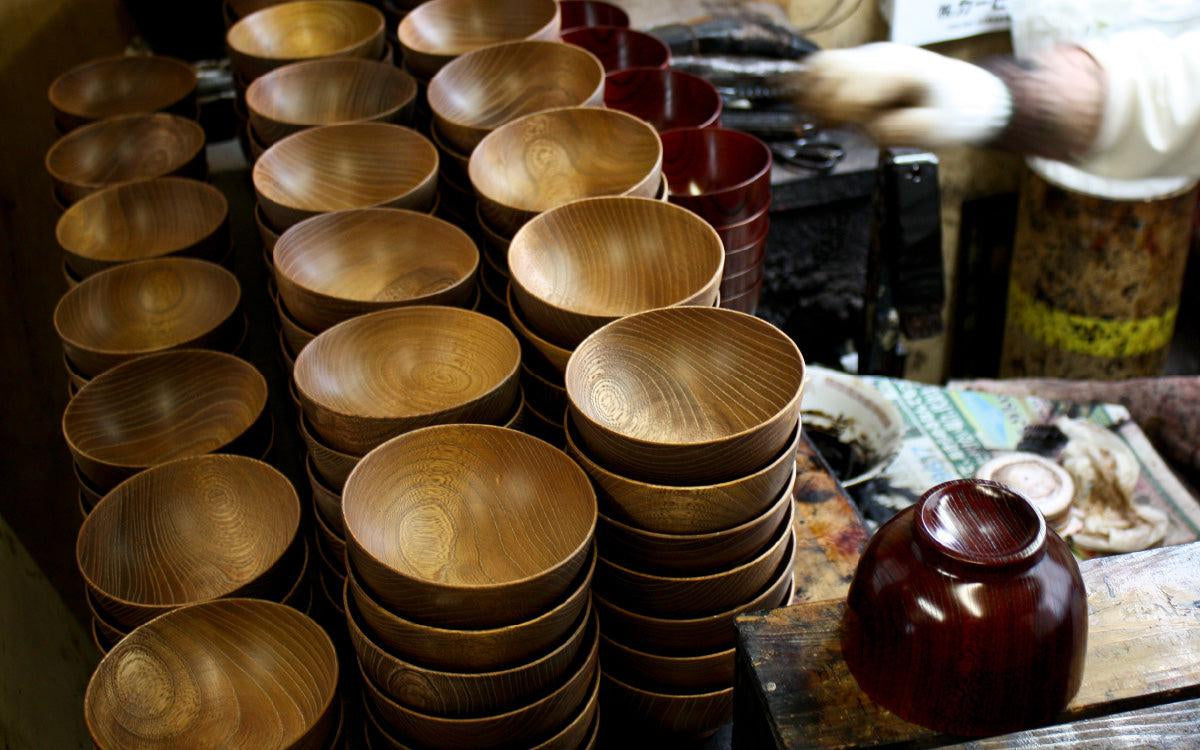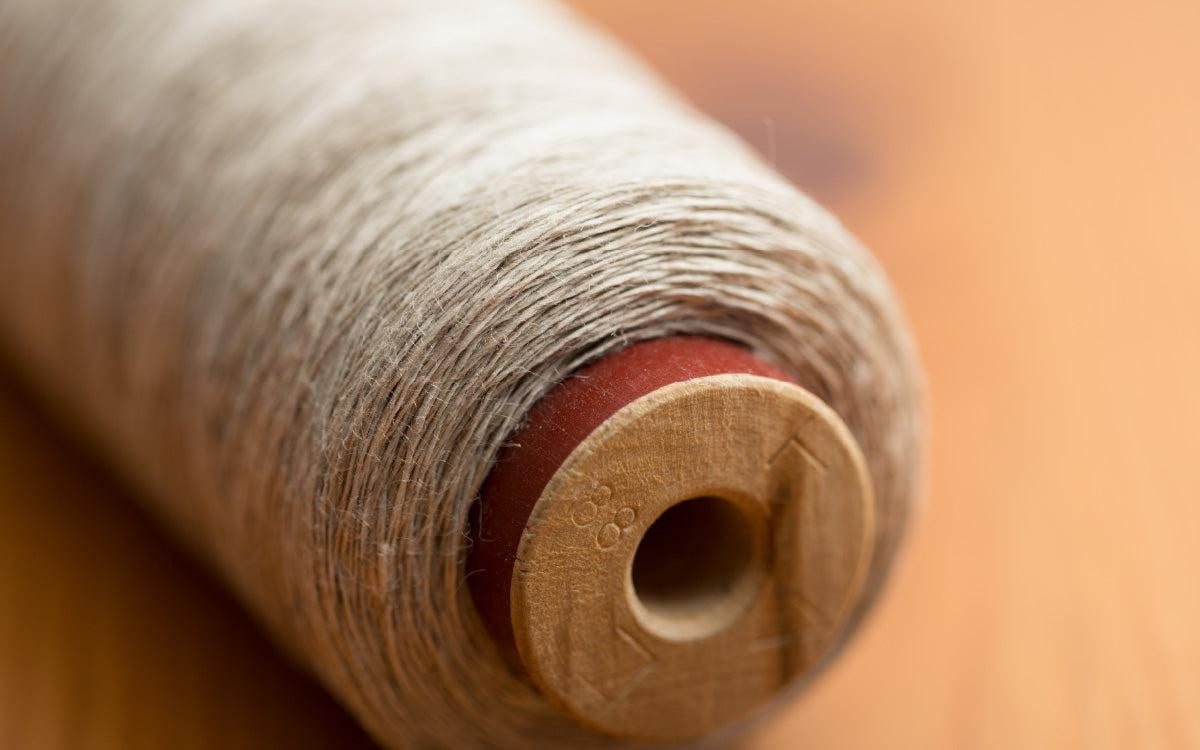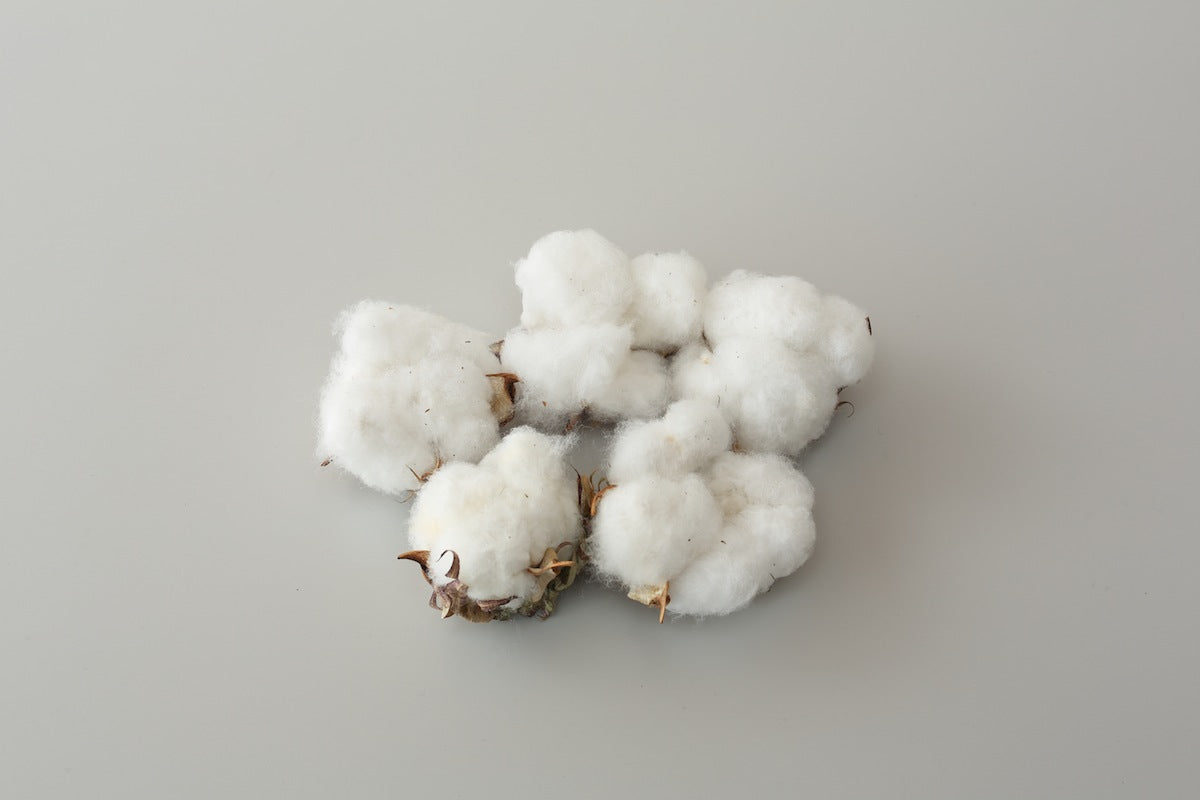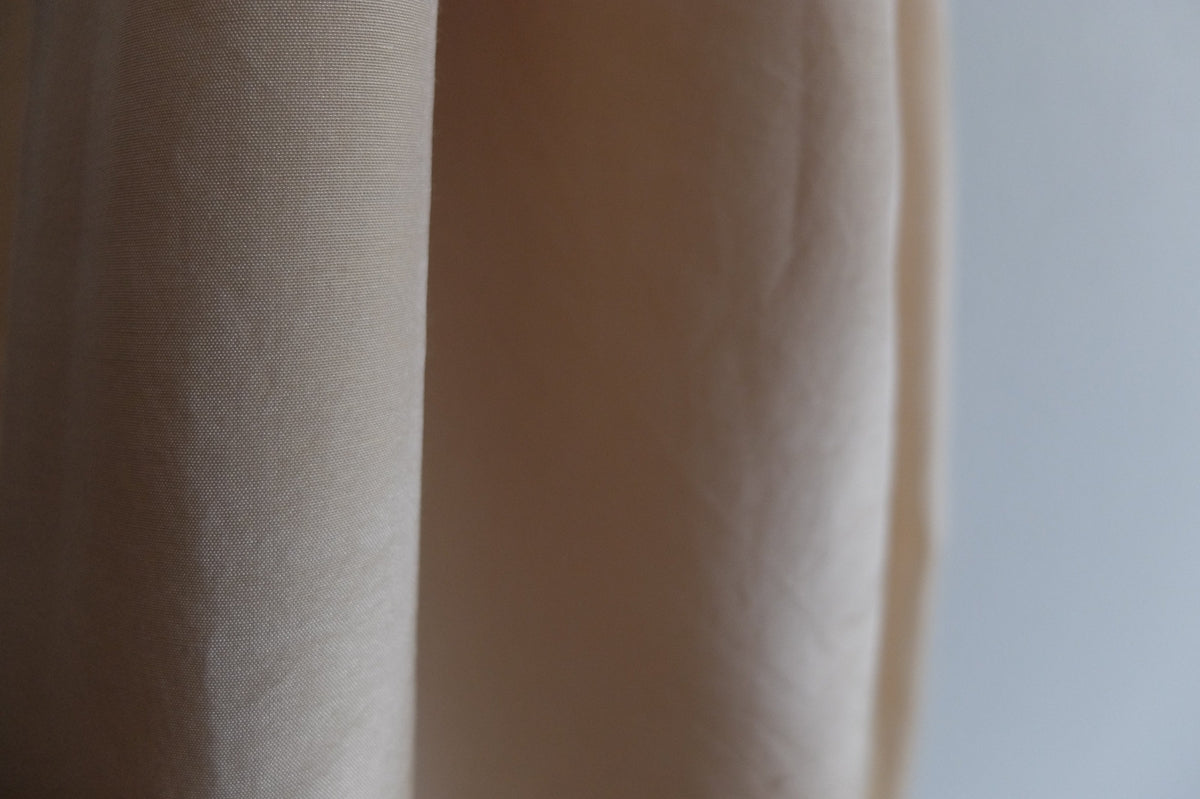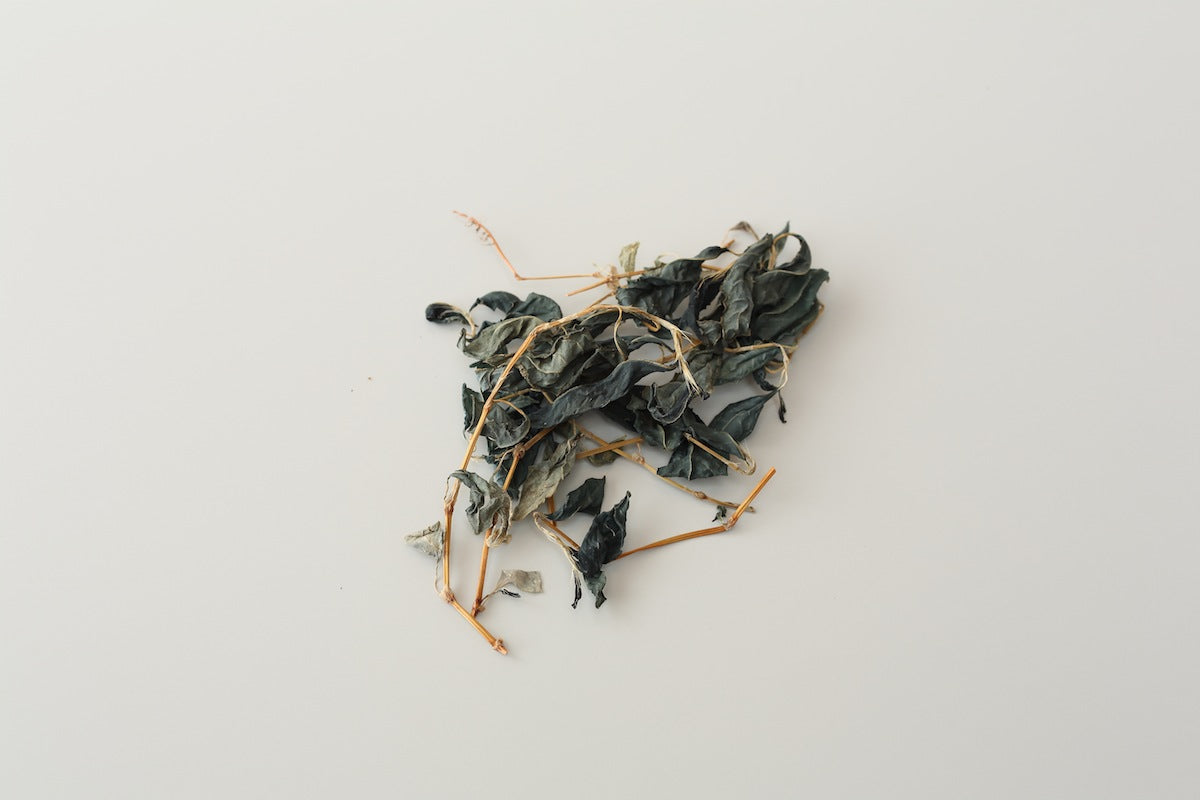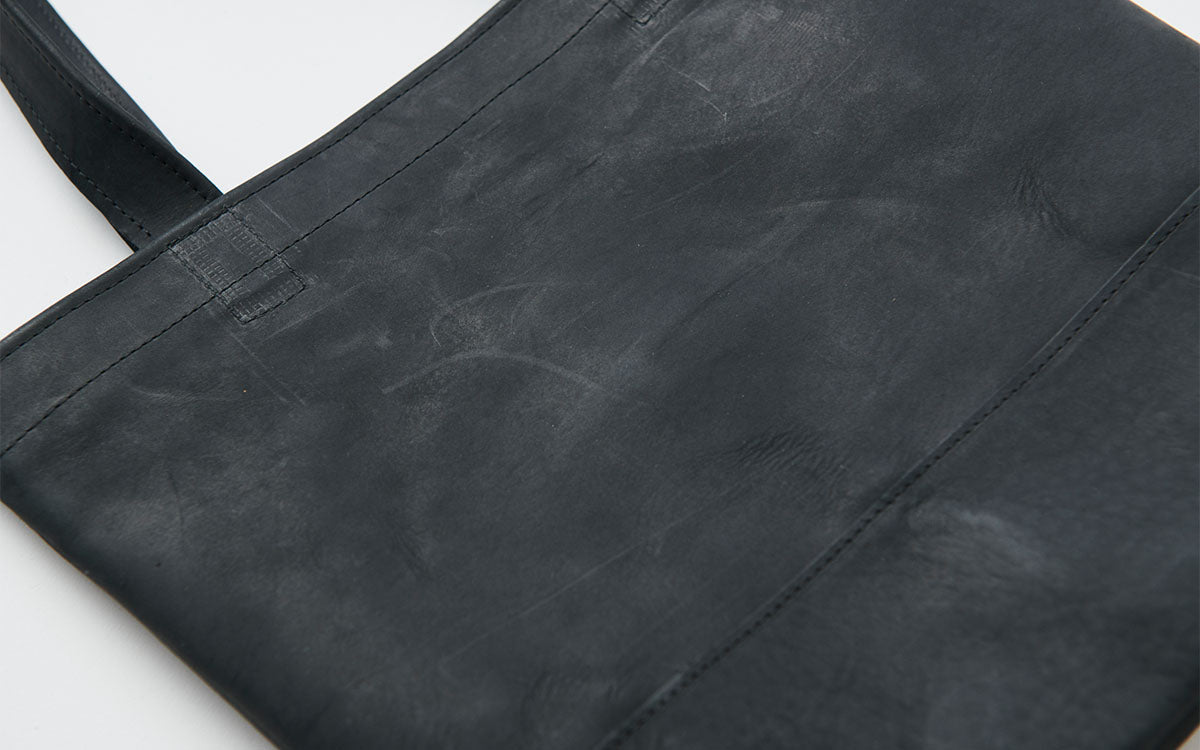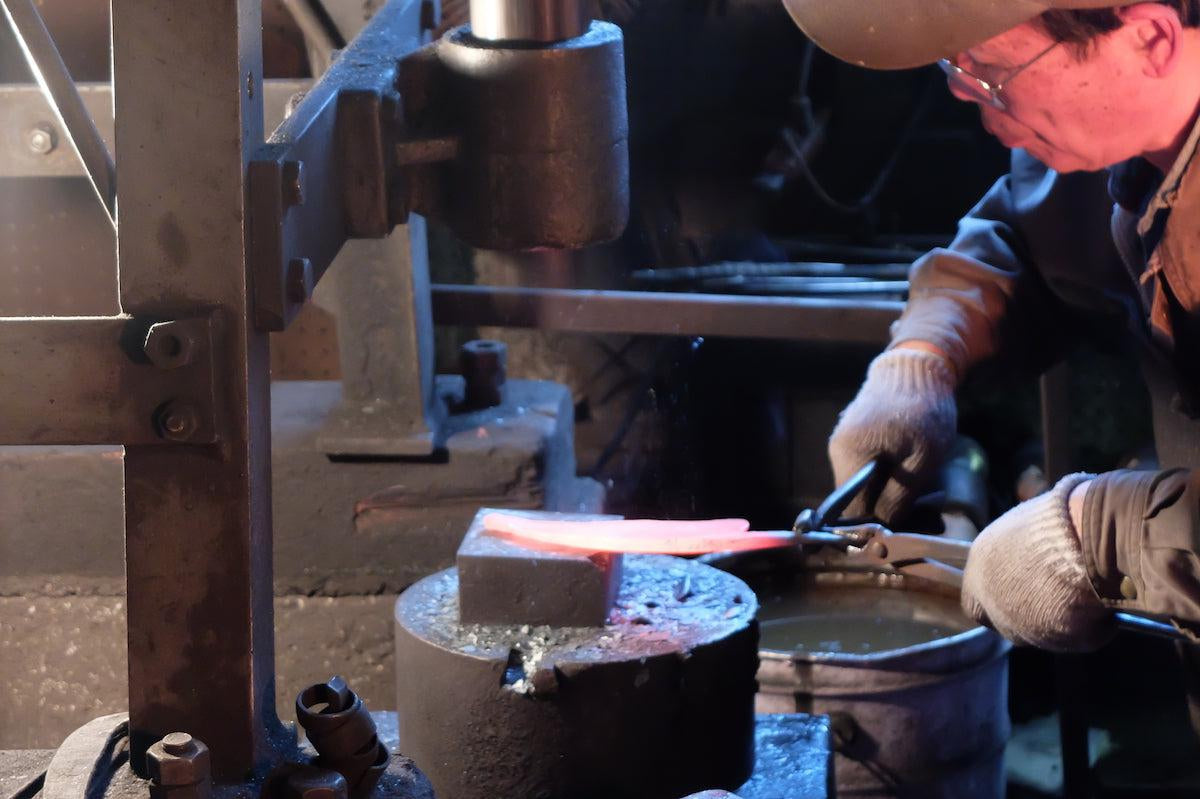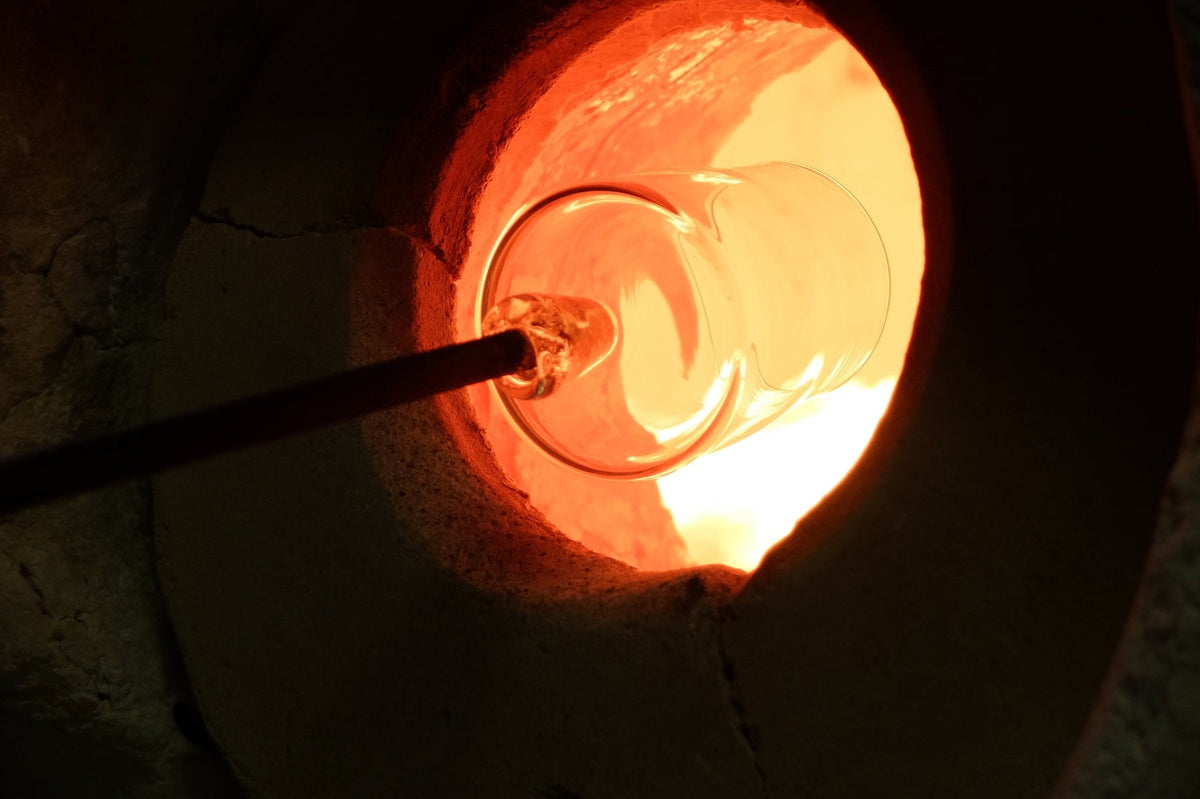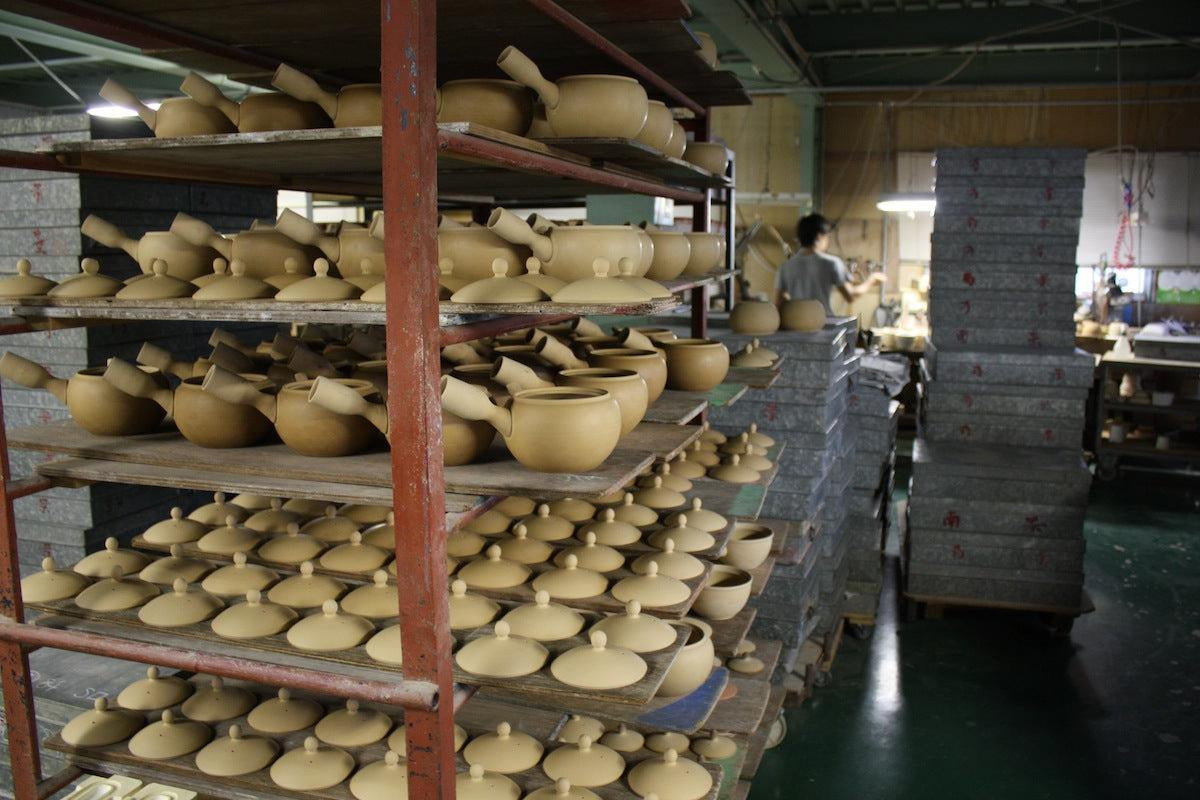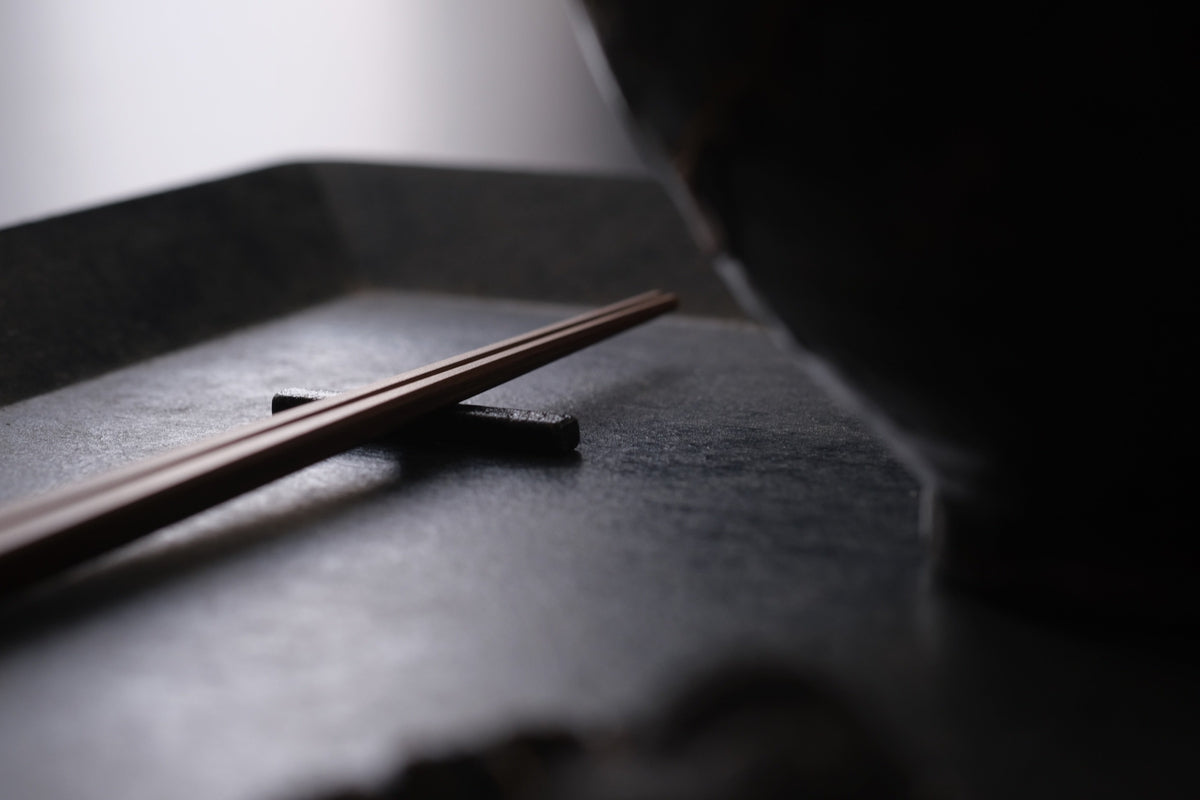Blacksmith's Deba Knife <Right-handed / Left-handed>
dominant hand別在庫数: right-handed - 1 For left-handers (made-to-order) - 1
Couldn't load pickup availability
Deba knives from the Yamagata Knives series.
If the first main knife is a santoku knife or gyuto, and the second sub-knife is a small knife or a small knife, the third one is this deba knife.
When you hear Deba knives, you might think of them as knives for slaughtering fish, but that's not all. We will also introduce the process of making a Deba knife.
After the first "Tagaru Knife" I made, I received many requests for Santoku knives and made the "Blacksmith's Knife".
The reason for its popularity is its appearance. Even the blade with dents and the wooden handle are all original and carved by craftsmen, giving it a unique atmosphere that cannot be combined with either Japanese or Western styles.
There are many people who choose this knife for the first time, and you can see the difference from the punching knife after using it. Many people were able to get two of them because they felt comfortable holding them in their hands and how sharp they were.
Mr. Shimada of Shimada Hamono Seisakusho, a craftsman, and I once again thought about "a kitchen knife that I want to use at home", and this Deba knife. It tends to be thought of as a knife for advanced users, but for those who have the main santoku knife and the sub petty size, this knife is recommended next.
Deba knives are mainly used for cutting fish. The feature is that it is "thick and heavy" and "single-edged".
"Thick and heavy"
Mainly used for catching fish. The blade is thick and heavy so that it will not chip when cutting a head or cutting a bone.
It is also useful for cutting large pieces of hard foods such as corn, pumpkin, and chestnuts. You don't have to worry about the blade spilling, and the weight makes it easy to cut. However, in this case, there are aspects that are not suitable depending on the shape of the single edge introduced in the next item, so please try it after considering the characteristics.
"single-edged"
Other knives are made with the same double-edged edge as regular knives, but Deba knives are made with a single-edged edge. It is a form that originated in Japan, and many of the knives used by Japanese chefs have a single edge. There is a slanted blade on one side as shown in the photo. When you press the blade against the food, the knife will move away. It is an image that if you press straight, it will enter diagonally. Therefore, it is suitable for "scraping" the flesh along the bones when filleting fish, and "peeling" movements like katsura peeling.
The direction of the blade changes depending on the dominant hand. The products we mainly manufacture are for right-handers, but left-handers can also be made to order (price varies). All photos on this page are for right-handers.
<Single edge>

<Double-edged>

In addition to being single-edged, Deba knives also change the material of the blade and the shape of the handle.
It is a specification called Awaseba (Awase Knife), and it is a structure in which the steel that becomes the blade is attached to ultra-soft steel. Forge welding ultra-soft steel and steel, heating it to a high temperature, and hammering it to harden it. Even at room temperature, it is hammered, forged, and sharpened to create a blade. Check it over and over again to remove any distortion, and repeat the sharpening process to complete it. As for the material, stainless steel is chosen for other double-edged knives, but ultra-soft steel is used for Deba knives. The blade, which determines its sharpness, is made of high-quality steel called Aogami No.2.
The handle is the original wooden handle of this Deba knife. Deba knives, which are Japanese knives, have an insert-type handle. The zelkova wood is wrapped in copper. This part called muzzle is often made of plastic, but I asked him to make many prototypes and finished it in this shape. Mr. Shimada makes everything from the blade, muzzle, and wooden handle.
Care is not much different from ordinary kitchen knives. No special maintenance is required as long as you wipe off the moisture after washing, but please be especially careful of moisture as it rusts more easily than stainless steel.
If there is rust, please use a commercially available rust remover. Among them, the eraser-type rust remover is recommended because it is easy to use and there is little risk of damaging the blade.
Regarding sharpening, in addition to sharpening service near you, it is also possible to re-sharpen at Shimada Hamono Seisakusho where it was manufactured. Please feel free to contact us.
We introduce photos and production videos of the factory. Please take a look.
http://blog.pint.mn/factory-shimadahamono
【material】
Blade: Steel (Yasugi steel
Aogami No. 2), ultra-soft steel pattern: zelkova, copper
Combined Knife/Single Edge
The wooden handle uses solid natural wood, so the wood grain and color depth are different one by one.
【size】
Total length: 29.5cm Blade length: 15.0cm
[exterior]
Exclusive boxed
[Cleaning method]
・Please avoid using the dishwasher.
・After washing with water, wipe off the water with a cloth.
・If there is rust, use a commercially available rust remover. Among them, the eraser-type rust remover is recommended because it is easy to use and there is little risk of damaging the blade.
*Frequently Asked Questions/Supplementary Comments*
・Regarding sharpening, in addition to the nearby sharpening service, it is also possible to re-sharpen at Shimada Hamono Seisakusho where it was manufactured. Please feel free to contact us.
・In the case of a single-edged blade, the back is attached.
・As introduced, it is said that a double-edged blade is more suitable for thinly slicing, such as julienne, due to the shape of the blade. The way the blade enters is different from the double-edged blade, but on the other hand, it is also heavy and easy to cut. There is a wide range of uses, so I would be happy if you could freely try various things without being bound by the name or purpose.















